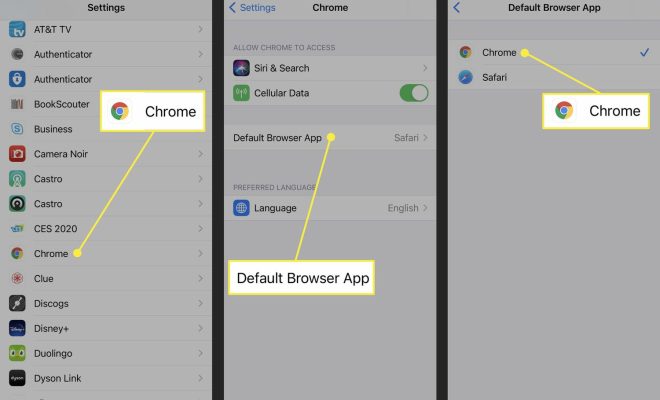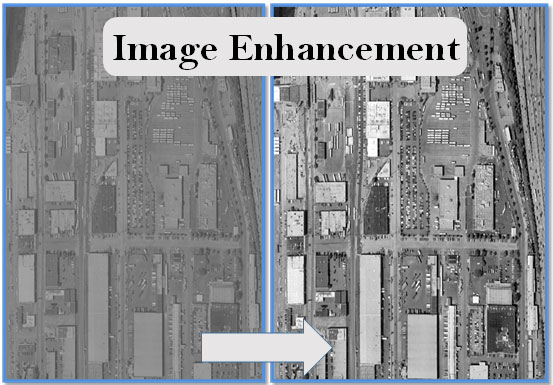How to Format a Large Hard Drive With FAT or FAT32

Formatting a large hard drive with FAT or FAT32 is a simple process that can be executed with ease, even if you have little to no technical background. Formatting your hard drive to FAT or FAT32 requires the use of a formatting tool, which can be readily found in the operating system of your computer. In this article, we will be discussing how to format a large hard drive with FAT or FAT32.
What is FAT or FAT32?
FAT or File Allocation Table is a file system that was originally designed for use in floppy disks. It is a simple and straightforward file system that is widely used in USB drives and memory cards.
FAT32 is a more advanced version of FAT and was introduced in Windows 95 OSR2. It is designed to support larger hard drives than FAT, and it can handle up to 2 terabytes of storage space per partition.
Steps to Format a Large Hard Drive with FAT or FAT32
Step 1: Connect the hard drive to your computer
Before you can begin formatting your hard drive to FAT or FAT32, you need to connect it to your computer. This can be done by plugging the appropriate connector into the hard drive and the USB port of your computer.
Step 2: Open the Disk Management tool
Once you have connected your hard drive to your computer, you need to open the Disk Management tool. This can be done by right-clicking on the Windows start menu and selecting “Disk Management.” Alternatively, you can type “diskmgmt.msc” into the Run dialog box and hit the “Enter” key.
Step 3: Select the hard drive
In the Disk Management window, locate the hard drive you want to format and right-click on it. Select “Format” from the context menu.
Step 4: Choose the file system
In the Format window, you can choose the file system that you want to use. In this case, select either FAT or FAT32, depending on the size of the hard drive.
Step 5: Choose the Allocation Unit Size
You also need to choose the Allocation Unit Size. This is the cluster size, and it determines the smallest size of a data block that the file system can manage. If you have a large hard drive, select the default size.
Step 6: Name your hard drive
After selecting the file system, you can also give your hard drive a name in the “Volume Label” box.
Step 7: Start the format process
Once you have selected the file system, allocation unit size, and named your hard drive, click on the “Start” button to begin the format process. The process may take some time depending on the size of your hard drive.





